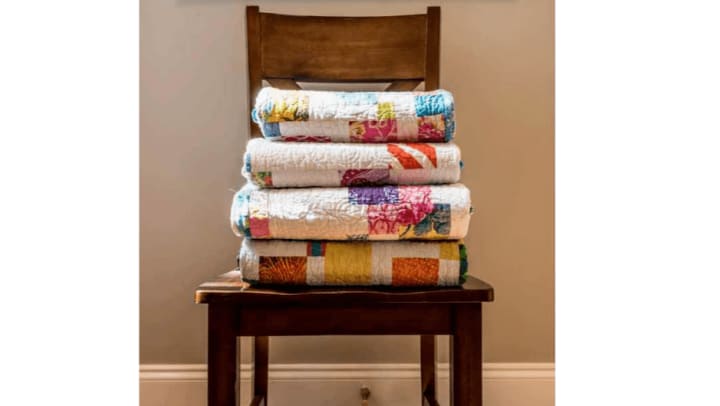After a lifetime of less than orderly habits, is it possible for someone in their 70s or 80s to bite the bullet and cut the clutter?
The answer from professional organizers and aging experts is a resounding, YES! Not only is it possible, it’s a smart undertaking that can not only clean your home but also improve your life.
Pathway to Living’s Lifestyle Specialists, who help people transition to senior living, see firsthand that older adults who are more organized and have less clutter seem to be healthier, both physically and mentally. “Living within a tidy and orderly home promotes emotional wellbeing and a safer living space,” says Nicole Lehmann, Stoney River’s Lifestyle Specialist.
Empirical data aside, science also makes the case for cleanliness. A study at the University of Indiana found that people with clean homes are healthier than people with messy homes. Plus, according to researchers at Princeton University, clutter can make it more difficult to focus on a task.
Decluttering, however, is easier said than done, especially for seniors.
Over the years most older adults collect a lifetime of possessions—furniture, knick-knacks, clothing, tools, kitchen gadgets—you name it, it’s likely somewhere in the home. The vast quantity of things to sort through, not to mention the memories they surface, can be daunting.
Also, older adults have an increased risk of illness and are more prone to injury. Either one can derail their efforts by preventing them from keeping up with household chores and paperwork.
All that said, the challenges are manageable for people who are motivated to get organized for themselves and for family members, who will otherwise likely have to face the clutter themselves someday. Plus, at this stage of life, many seniors finally have the free time necessary to tackle the project. If only they knew where to start.
Tips to Get and Stay Organized
• Break down the tasks into more manageable chunks. Tackle one room at a time and work from top to bottom. Begin by sorting things on shelves and furniture tops, then move down to drawers and cabinets and finally tackle everything on the floor, including each piece of furniture.
• Clear out closets, garages, sheds, pantries, attics and basements in the process.
• Reduce clutter and extra items. Look at each object and decide whether to keep, toss or donate and place it in the appropriate pile. Try and set sentimental attachments aside and remember that purging can feel good too.
• Store all vital documents, information and instructions together in one place, ordered and labeled.
• Sort mail immediately when it arrives, keeping important pieces and recycling junk mail.
• Keep a written calendar or day planner in a designated spot. Place appointment cards, invites and other notices in that same spot.
• Make a weekly list of items you need from the store to prevent over buying. Avoid making impulse online and television-advertised purchases.
• Put all magazines, newspapers and catalogs in a reading basket and clean it out monthly.
By following these tips, anyone at any age can create and maintain a tidy and organized home. Keep in mind, decluttering has immediate health and wellbeing benefits and can pave the way for a smooth move down the road to a smaller home or senior living community.

